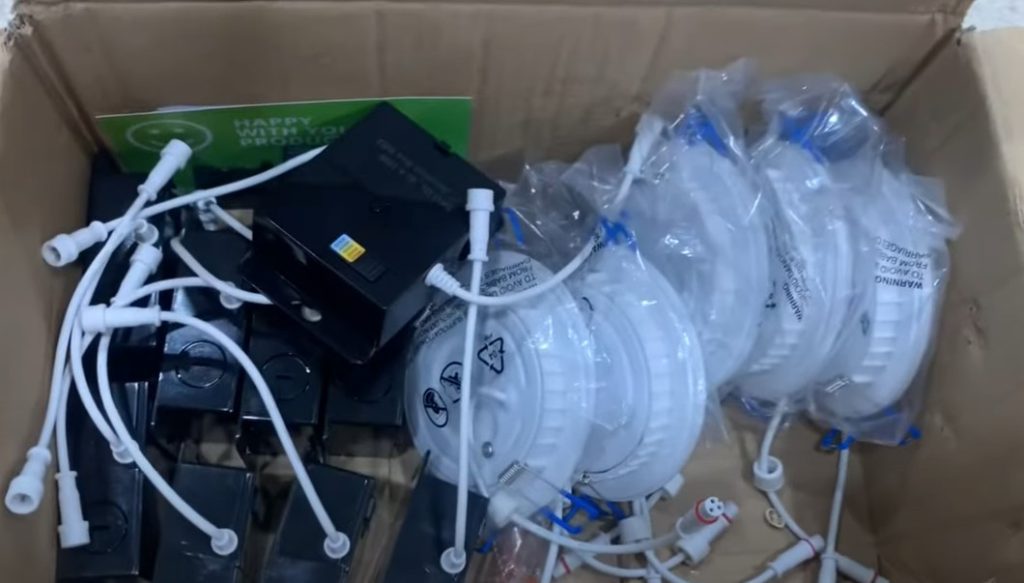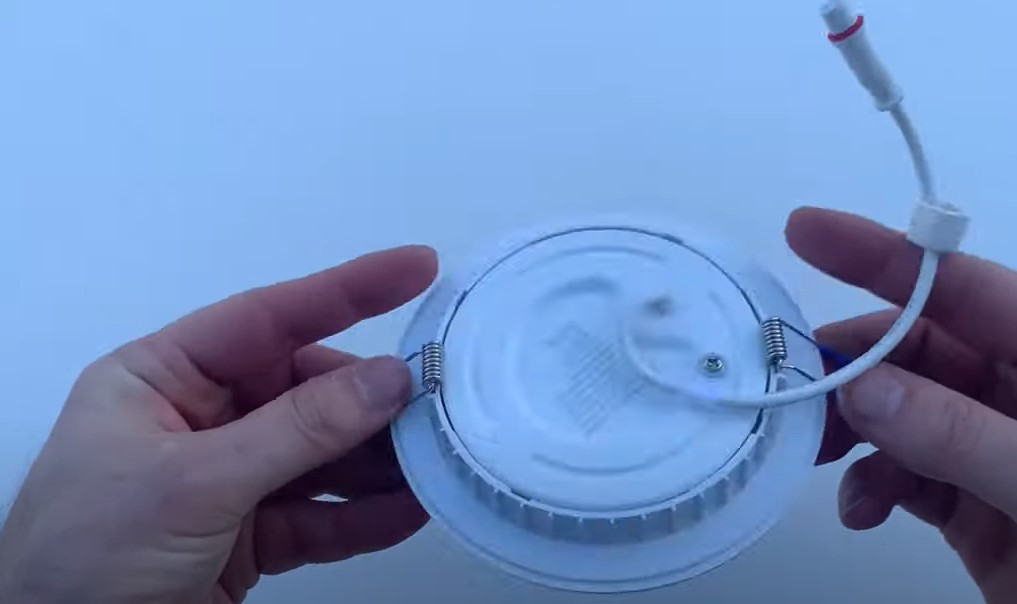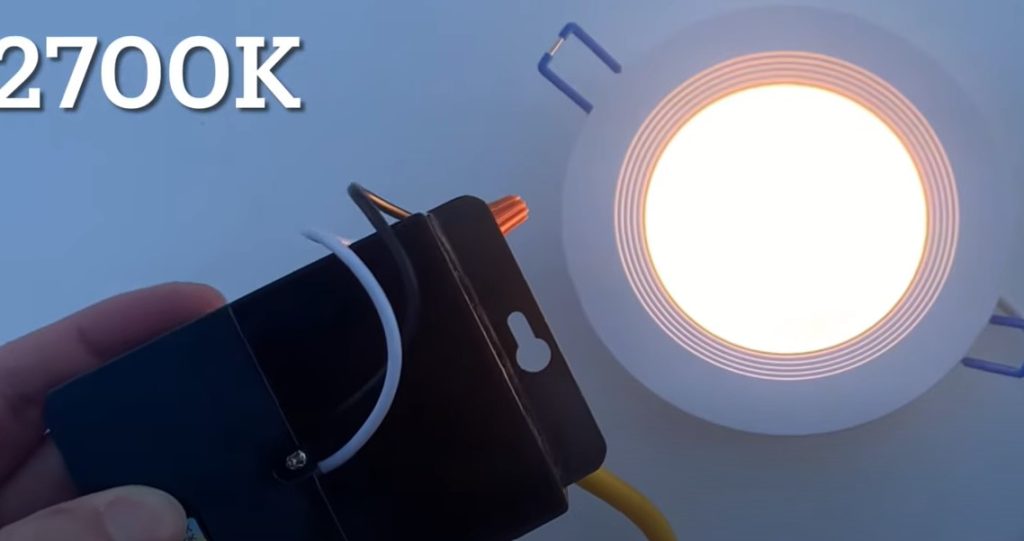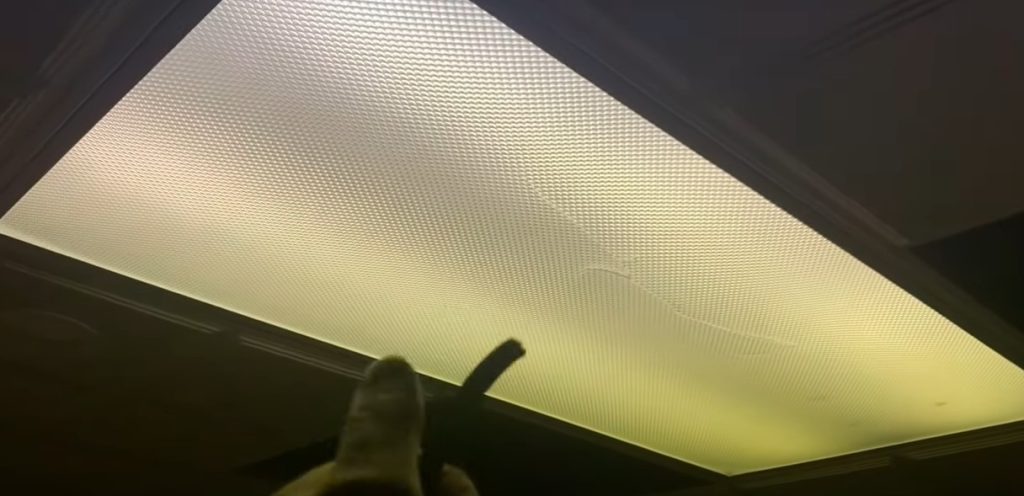LED Recessed Ceiling Lights: In-Depth Discussion & Guide
Are you looking to upgrade your home lighting? Considering the energy efficiency, long lifespan, and stylish design, LED recessed ceiling lights are becoming increasingly popular. This comprehensive guide will delve into everything you need to know about these versatile fixtures, from understanding their technical specifications to choosing the perfect lights for your home. We’ll explore…
Are you looking to upgrade your home lighting? Considering the energy efficiency, long lifespan, and stylish design, LED recessed ceiling lights are becoming increasingly popular. This comprehensive guide will delve into everything you need to know about these versatile fixtures, from understanding their technical specifications to choosing the perfect lights for your home. We’ll explore different types, installation methods, energy savings, and help you make an informed decision. Get ready to illuminate your space with style and efficiency!
LED recessed ceiling lights, also known as downlights or can lights, are lighting fixtures that are installed directly into the ceiling, creating a seamless, flush look. Unlike pendant lights or chandeliers that hang down, recessed lights sit within the ceiling cavity, providing a clean and modern aesthetic. They utilize Light
Emitting Diodes (LEDs) as their light source, known for their energy efficiency and long lifespan compared to incandescent or halogen bulbs.
LED Recessed Ceiling Lights (A Quick Guide)
| Feature | Description |
|---|---|
| Energy Efficiency | Uses less power than traditional bulbs, reducing electricity costs. |
| Lifespan | Lasts up to 50,000 hours, minimizing replacement frequency. |
| Brightness | Available in various lumen outputs for different lighting needs. |
| Color Temperature | Ranges from warm (2700K) to cool (6500K) for ambiance control. |
| Dimmable Options | Many models support dimming for adjustable brightness. |
| Installation Type | Canless, retrofit, and new construction options available. |
| Trim Styles | Includes baffle, reflector, gimbal, and adjustable trims. |
| Water Resistance | Some models are rated for damp or wet locations. |
| Smart Features | Wi-Fi and Bluetooth options allow remote control and automation. |
| Applications | Ideal for kitchens, living rooms, bathrooms, and offices. |
Why Choose LED Recessed Ceiling Lights?

LED recessed lighting offers numerous advantages over traditional lighting options. Their energy efficiency translates to significant cost savings on your electricity bills. LEDs have a much longer lifespan than incandescent or halogen bulbs, reducing replacement frequency and associated costs. The low heat output of LEDs also enhances safety and contributes to a more comfortable environment.
Key Features of LED Recessed Ceiling Lights
Several key features differentiate LED recessed lights. These include:
- Color Temperature: Measured in Kelvin (K), this determines the light’s “warmth” (e.g., 2700K warm white, 5000K cool white).
- Color Rendering Index (CRI): A measure of how accurately the light renders colors (higher CRI is better, above 80 is generally desirable).
- Lumens: A measure of the light’s brightness (higher lumens mean brighter light).
- Beam Angle: Determines the spread of light (narrow beam for focused light, wide beam for broader illumination).
- Dimmability: Indicates whether the light’s brightness can be adjusted.
Related Article: Can you cut LED light?
Types of LED Recessed Ceiling Lights

The market offers a diverse range of LED recessed ceiling lights catering to various needs and preferences. These include:
- New Construction vs. Retrofit: New construction lights are installed during the building process, while retrofit lights are designed for existing ceilings.
- Fixed vs. Adjustable: Fixed lights have a static beam angle, while adjustable lights allow for directional control of the light.
- Integrated vs. Replaceable LEDs: Integrated lights have the LEDs built-in, while replaceable lights allow for bulb replacement when necessary.
- Smart LED Recessed Lights: These lights can be controlled remotely via smartphone apps, offering features like dimming, scheduling, and color temperature adjustments.
Benefits of LED Recessed Ceiling Lights

The advantages of LED recessed lighting are extensive. Beyond energy efficiency and longevity, they offer superior light quality, a sleek aesthetic, and enhanced safety. Their compact size makes them ideal for various applications, from small bathrooms to large living rooms. The versatile color temperature options allow you to set the perfect ambiance for any occasion. The ease of installation (for retrofit models) also makes them a popular choice for DIY home improvement projects.
Limitations of LED Recessed Ceiling Lights
While LED recessed lights offer many benefits, it’s essential to be aware of potential limitations. Proper installation is crucial, and incorrect fitting can lead to overheating or even fire hazards. The initial investment cost might be higher than traditional lighting options, but the long-term savings in energy and maintenance often outweigh this. Moreover, replacing faulty integrated LEDs can be more challenging and expensive than replacing a standard light bulb.
Installing LED Recessed Ceiling Lights
Installing recessed lights can vary depending on whether you’re working with new construction or retrofitting into an existing ceiling. New construction installation is typically simpler, as it involves integrating the lights during the ceiling framing stage. Retrofit installation requires cutting a hole in the ceiling to accommodate the light fixture. Always consult the manufacturer’s instructions and, if unsure, hire a qualified electrician.
Choosing the Right LED Recessed Ceiling Lights

Selecting the right LED recessed lights requires considering several factors: the size of the room, the desired brightness level (lumens), the color temperature (Kelvin), the CRI, and the beam angle. You should also consider the overall style and design of your home to ensure the lights complement the existing décor. Online resources and reviews can be helpful in making informed decisions. Measure your ceiling carefully to ensure you purchase lights that are appropriately sized.
Related Article: LED Light Tube Lights: A Comprehensive Guide
Comparing LED Recessed Ceiling Lights
Different brands and models of LED recessed lights offer varied features and price points. Consider factors such as wattage, lumens, color temperature, CRI, dimmability, and warranty before making a purchase. Reading online reviews and comparing specifications from different manufacturers will help you make an informed decision based on your specific needs and budget. Look for certifications like Energy Star for assurance of quality and energy efficiency.
Energy Savings with LED Recessed Lighting
LEDs are significantly more energy-efficient than incandescent or halogen bulbs. They consume far less wattage to produce the same amount of light. This results in considerable savings on your electricity bill over the lifespan of the lights. This translates into lower energy consumption and a smaller carbon footprint, making them an environmentally responsible choice.
LED Recessed Lighting for Different Rooms
The application of LED recessed lighting varies across different rooms. In kitchens, they provide ample task lighting for food preparation. In living rooms, they create a warm and inviting atmosphere. In bathrooms, they offer functional illumination while remaining stylish. Choosing the correct lumens and color temperature is crucial for optimal illumination and ambiance in each space.
Maintenance and Lifespan of LED Recessed Lights
LED recessed lights are low-maintenance, with a significantly longer lifespan than traditional bulbs. Regular cleaning with a damp cloth is usually sufficient to keep them looking their best. For integrated LEDs, replacing a faulty light may require replacing the entire fixture, unlike traditional bulbs. Check the manufacturer’s warranty for specific information on replacement or repair.
Troubleshooting Common LED Recessed Lighting Issues
Occasionally, you might encounter issues with your LED recessed lights, such as flickering, dimming, or complete failure. Troubleshooting steps might include checking the circuit breaker, ensuring proper electrical connections, and inspecting the fixture for any damage. If the problem persists, consider consulting a qualified electrician. Always ensure the power is switched off before performing any maintenance or troubleshooting.
Safety Considerations with LED Recessed Ceiling Lights
Safety is paramount when dealing with electrical installations. Always turn off the power at the circuit breaker before undertaking any work. Use appropriate safety equipment, such as insulated gloves. Never work with electricity if you lack the necessary expertise; hire a qualified electrician if unsure. Choose fixtures with appropriate thermal protection to prevent overheating.
Smart LED Recessed Lighting Technology
Smart LED recessed lights offer advanced features controlled through smartphone apps. These features include dimming, scheduling, and even color temperature adjustments. Integration with smart home systems allows for seamless control and automation of your lighting. Consider the compatibility with your existing smart home ecosystem before investing in smart lights.
Cost Comparison: LED vs. Traditional Recessed Lighting
While the upfront cost of LED recessed lights may be higher than traditional options, the long-term savings in energy consumption and replacement costs significantly outweigh the initial investment. Consider the total cost of ownership, including energy costs, bulb replacements, and maintenance, when comparing LED to traditional lighting.
The Future of LED Recessed Ceiling Lights
Technological advancements continually improve LED recessed lighting technology. Expect further enhancements in energy efficiency, lifespan, and smart features. New designs and styles will continue to emerge, offering even more options for consumers. The ongoing development promises even brighter, more energy-efficient, and versatile lighting solutions for homes.
Frequently Asked Questions
What are LED recessed ceiling lights used for?
LED recessed ceiling lights are used for general illumination in homes and commercial spaces. Their versatility allows them to be used as ambient lighting, task lighting, or accent lighting, depending on placement and fixture selection. They can be used in kitchens, living rooms, bathrooms, bedrooms, and hallways.
How do I choose the right color temperature for my LED recessed lights?
Color temperature is measured in Kelvin (K). Lower Kelvin values (2700K-3000K) produce a warmer, more yellowish light, suitable for living rooms and bedrooms. Higher Kelvin values (5000K-6500K) produce a cooler, whiter light, often preferred for kitchens and bathrooms. Choose a color temperature that matches your desired ambiance.
How many lumens do I need for my room?
The number of lumens needed depends on the size of the room and the desired brightness level. Consult online lumen calculators or manufacturer guidelines for recommendations. As a general rule, larger rooms require more lumens. Also consider the room’s color and how much natural light it receives.
How do I install LED recessed ceiling lights?
Installation depends on whether it is new construction or a retrofit. New construction involves installing the lights during the framing stage. Retrofitting requires cutting a hole in the ceiling. Always consult the manufacturer’s instructions and, if unsure, hire a qualified electrician. Ensure power is off before installation.
How long do LED recessed ceiling lights last?
LED recessed lights have a significantly longer lifespan than traditional bulbs, often lasting 25,000 to 50,000 hours or more. This translates to many years of use before needing replacement.
Are LED recessed lights dimmable?
Many LED recessed lights are dimmable, but it’s crucial to ensure both the light fixture and the dimmer switch are compatible. Check the manufacturer’s specifications to confirm dimmability. Using an incompatible dimmer can damage the lights.
How much do LED recessed ceiling lights cost?
The cost of LED recessed ceiling lights varies depending on the brand, features, and size. Prices range from a few dollars to several hundred dollars per fixture. Consider the long-term energy savings when assessing the overall cost.
Final Thoughts
LED recessed ceiling lights offer a compelling combination of energy efficiency, longevity, and stylish design, making them an excellent choice for modern homes. This guide has explored various aspects of these versatile lights, from understanding their technical specifications to choosing the right ones for your space. By considering factors like lumens, color temperature, CRI, and dimmability, you can create the perfect lighting ambiance for any room. While the initial investment may seem higher than traditional options, the long-term cost savings, reduced maintenance, and enhanced aesthetic appeal make LED recessed lights a worthwhile investment for your home. Remember to prioritize safety and, when in doubt, consult a qualified electrician. Make the smart choice and illuminate your home with the efficiency and style of LED recessed ceiling lights!

